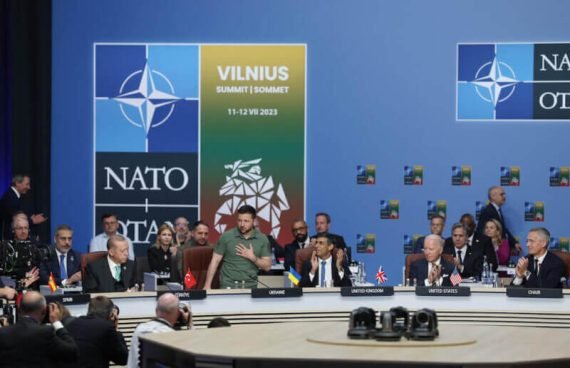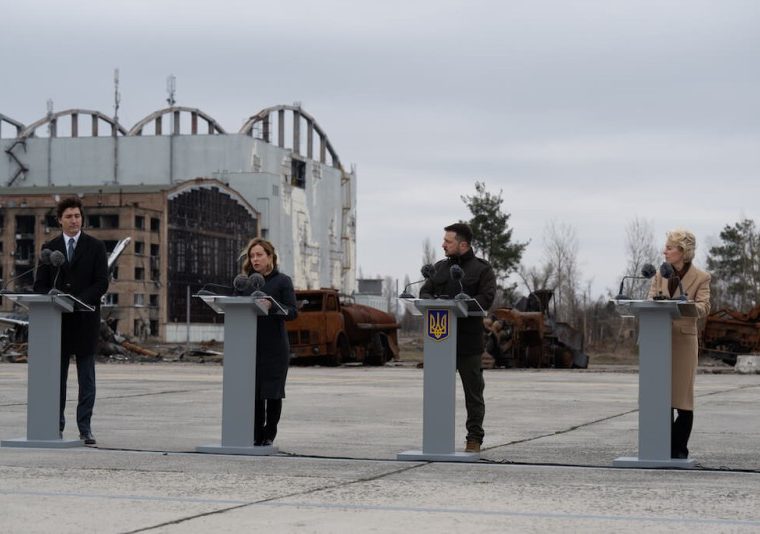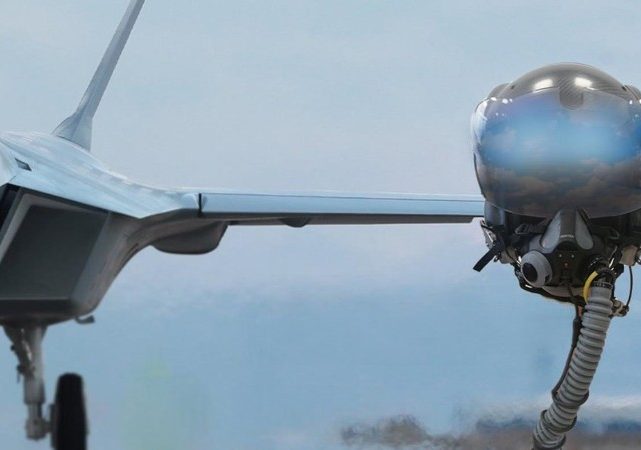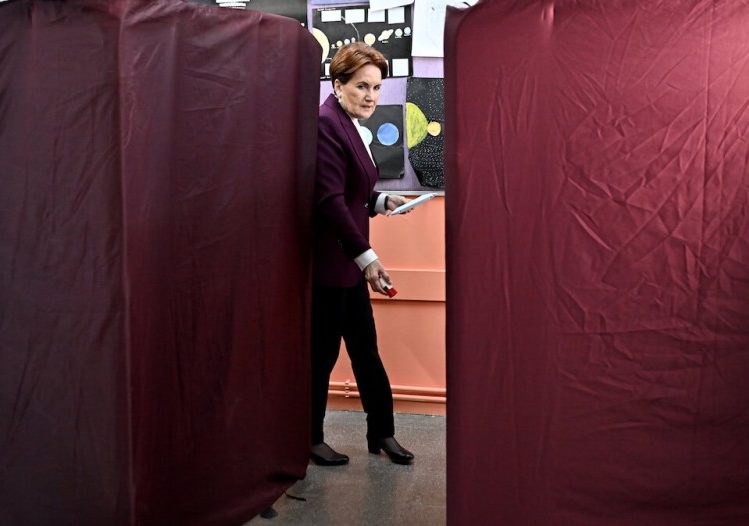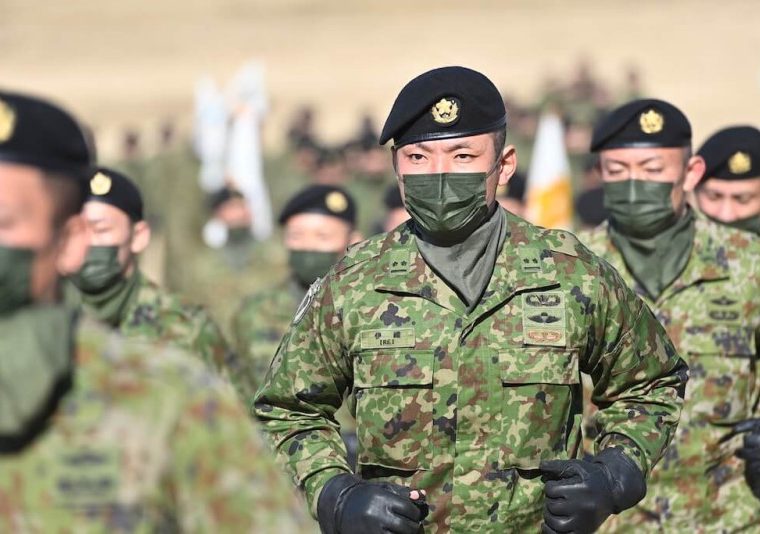Since the beginning of the Russia-Ukraine war, NATO and its close partners have increasingly provided military support to Ukraine. The nature of the support has changed over time and some policies that were previously avoided in order not to cross Russia’s “red lines” have been chosen. For instance, after much controversy, Germany authorized the delivery of Leopard tanks to Ukraine. Britain provided Challenger tanks. Poland and Slovakia gave Ukraine MiG-29 aircraft. This military support has had a significant impact on the course of the war. Thanks to the military aid given to Ukraine, countries have removed Soviet legacy weapons from their inventories. These were mostly replaced by American military equipment. With the intensive military support provided, the Ukrainian army has become considerably more modernized than it was before the war.
However, Ukraine does not believe that the current military support is sufficient, at least in the long term. On July 11, the first day of NATO’s Vilnius Summit, Ukrainian President Volodymyr Zelenskyy slammed NATO for its lack of a timeline for his country’s future NATO membership, calling it “unprecedented and absurd.” Ukraine’s main goal in the summit is to be presented with a road map for NATO membership. In this regard, Ukrainian President Volodymyr Zelensky and senior Ukrainian officials have frequently made statements and succeeded in putting pressure on NATO. It was even stated that Zelensky’s participation in the summit would be meaningless if there was no signal from the Alliance in this direction. Thus, Ukraine’s possible future NATO membership and the security guarantees that could be provided until then became one of the main items on the agenda ahead of the Vilnius summit.
In September 2022, Zelensky announced that Ukraine was already a de facto NATO member and that it was applying for membership in order to formalize its status. Ukraine is currently awaiting an official invitation to become a member in response to this application. In Ukraine’s view, if accession to NATO is not assured at the end of the war, a new war with Russia will be inevitable. The only way to prevent this is to deter Russia by Ukraine becoming a NATO member.
While Ukraine’s NATO membership will only be possible after the end of the war, it will be difficult to draw a clear road map with concrete security guarantees in the interim period, as security guarantees are inherently ambiguous. In a climate of uncertainty, many countries are more likely to avoid such commitments and to show a desire to maintain military support for Ukraine. Only a clear commitment by the United States can resolve this dilemma.
On the other hand, NATO’s top priority since the start of Russia’s aggression against Ukraine has naturally been to strengthen the Alliance’s eastern flank. In this scope, various measures have been taken, in particular to increase the Alliance’s level of combat readiness. New multinational battlegroups were established and deployed to Bulgaria, Hungary, Romania, and Slovakia; Turkish soldiers are serving in the groups deployed to Bulgaria and Hungary.
In line with the decision taken at the 2016 Warsaw summit, battlegroups were deployed to Estonia, Latvia, Lithuania, and Poland to defend the Baltic Sea region; the number of NATO’s battlegroups increased to eight with the new arrangements. In addition, the number of troops in previously deployed battlegroups has been increased and some countries have begun to deploy military units outside NATO.
NATO allies are currently aiming to increase the size of their battlegroups from battalion to brigade level. Already since the beginning of the war in Ukraine, significant reinforcements have been made to these troops. NATO’s military presence in Eastern Europe will therefore increase in the coming years.
In the meantime, as a result of the compromise reached at the Madrid summit last year, NATO aims to achieve the ability to deploy more troops more rapidly by establishing a new force model. NATO is currently considered capable of deploying 40,000 troops within fifteen days. With the new model, it is planned that the Alliance will be capable of deploying over 300,000 highly prepared troops.
Of course, mobilizing such a large multinational force in a short period of time is a very demanding and costly endeavor which requires the member states to increase their military expenditures in many dimensions such as personnel, logistics, and equipment.
Lastly, by ratifying Finland’s accession in March 2023, Turkey had demonstrated its historic and principled support for NATO’s open-door policy and sent a message to Sweden, which was given the green light by Turkey on the first day of the Summit. Indeed, the trilateral memorandum had broken the deadlock in Madrid last year and shown that a diplomatic compromise could be reached quickly. This is because such major summits always offer the possibility of last-minute solutions, and this was the case with Turkey’s last-minute green light for Sweden’s NATO membership. Turkey will expect Sweden to continue to increase its efforts against the fight against terrorism in its all forms in the coming period.
Recommended
